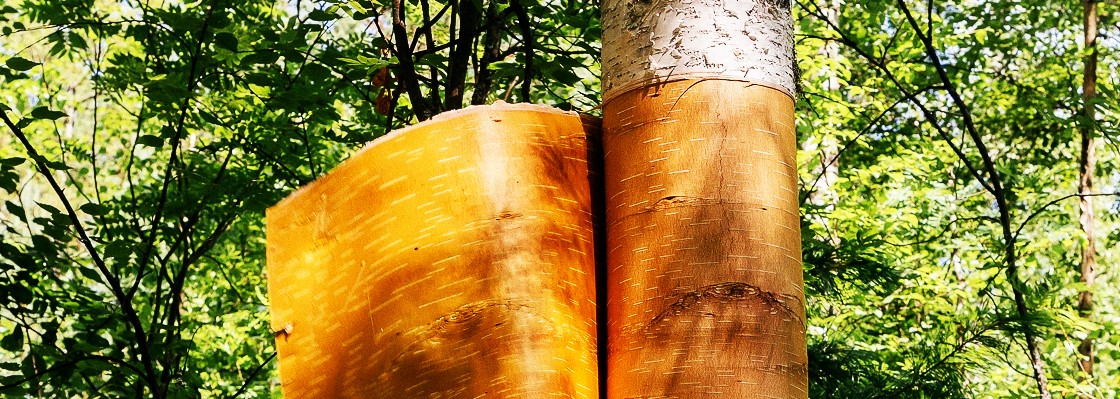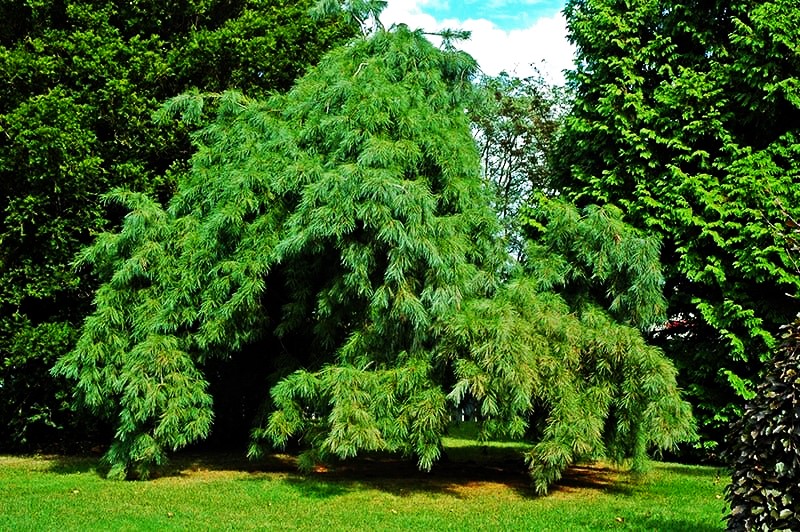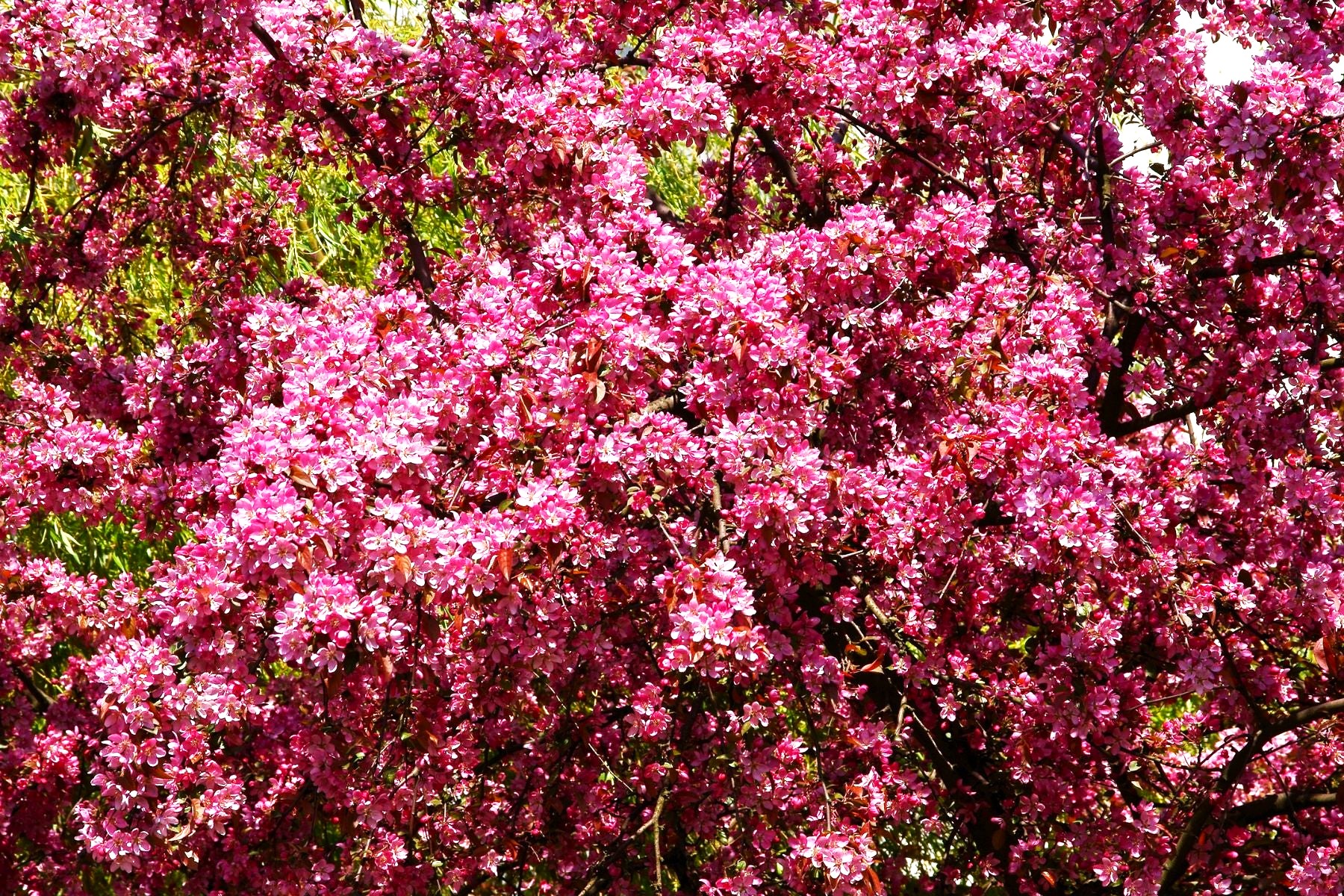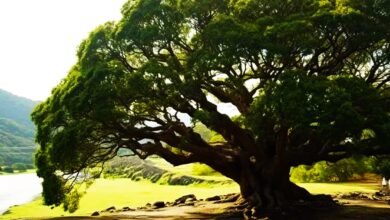Planting Pitfalls: 8 Tree-Mendous Mistakes to Avoid When Bringing New Life to Your Landscape

For a tree to be a useful landscape element for many years to come, proper planting techniques must be followed.
When done properly, planting a tree is one of the best things you can do for the environment and your property because it helps to clean the air and give wildlife a place to live.
According to Blake Watkins, an operations partner at Monster Tree Service and certified master arborist, “it can also mean leaving a legacy for the next generation.”
This is particularly true if you choose native trees and shade trees for your yard rather than fruit or flower trees that bloom for a short time. Something you plant might have a 50–100 year lifespan, or perhaps even longer.
But when it comes to planting trees, it’s far too simple to go wrong. If you do it incorrectly, your tree will not thrive and will eventually die. Even worse, you might plant a tree that invades other areas of your property or creates issues.
Use our in-depth guide to find out where most people make mistakes.
1. Planting a tree incorrectly
It’s critical to select the ideal tree for your landscape and planting location. “The right tree in the right place” is the planting motto of arborists, according to Blake.
First, consider how the tree will blend in with its immediate surroundings and whether the chosen site can support the tree’s eventual maturity in terms of height and spread.
“Try your best to visualize how your tree will look when it is fully grown; strolling around your neighborhood can help you see what other mature trees in the same species might look like,” Blake continues.
“Look side to side for hardscapes that may be lifted by roots, avoid high-voltage power lines by looking above, and call 8-1-1 for assistance locating underground utilities.”
Additionally, it is imperative that you plant trees only in accordance with your climate (verify your USDA hardiness zone), soil type, and amount of available light.
You must comprehend the requirements of the tree you are planting.” According to landscape expert and founder of K-IT sprinkler and outdoor maintenance products Kody Ketterling, some trees prefer full sun, while others may prefer shade, growing under the canopy of other trees.
The type of soil matters because if it is extremely off, you might want to consider a different kind of tree. Determine whether the type of soil you have is suitable for the tree you want.
If you condition the soil and add any missing nutrients, you might be able to plant a tree that isn’t exactly right for your type of soil.
2. Planting after the deadline
The best time to plant trees is usually in late fall or early spring, though this will depend on the climate where you live. Planting trees may be challenging in some places during the winter because of freezing temperatures.
“You can plant almost any time of year if you have a green thumb,” advises Blake. Summertime heat, however, can harm or even kill recently planted trees. It is very beneficial to give your tree as much time in the ground before the heat.
For the most part, wait until fall or early spring to plant trees; however, some trees can be planted successfully in the summer.
3. Excavating the pit too deeply
It is crucial to plant trees at the proper depth because the trunk of the tree must be dry above ground and the roots must be fully subterranean.
“Though it may seem simple, planting too deeply is a major contributing factor to tree mortality,” says Blake. The point at which the structural roots join the trunk is known as the “root flair” or “root crown.” This is one to two inches above the ground.
Look closely for this location on the tree you buy, and you’ll notice that the potting soil in the container is often less than 3 inches or more.
It’s all too easy to dig a hole that is too deep when planting, but your new tree may eventually sink if that happens. The ideal planting hole is twice as wide and twice as deep as your root ball.
4. Failure to nutrient the planting hole
Before you plant your tree, remember to fertilize the planting hole. If you don’t, your sapling will be devoid of vital nutrients.
Before planting the tree, Kody says, “adding nutrients to the hole helps with food for the root system when the roots start to move and grow away from the original planting.”
For the best possible start for your tree, dig in some compost or well-rotted manure. This will assist you in removing any rocks and breaking up any hard soil clumps.
5. Ignoring roots that circle
“Roots in nursery containers frequently strike the container’s sides and begin to circle around as they grow.” According to Blake, when a tree gets bigger, its roots may cause instability or even “girdling,” which is the process of the roots suffocating the trunk while it keeps growing.
Before planting, he advises shaking some soil off the roots to see where they are growing.
Try your best to sort them out, and if needed, cut them out of the cylinder shape. Although root pruning can be frightening, young trees are more resilient than you may imagine, the expert says.
“An aggressive approach will be beneficial for tough, fast-growing trees, but more delicate, shade-loving trees should be handled with care.”
6. Watering your tree below the surface
“I’ve worked in the tree industry for a long time, and the biggest mistake I see is people not watering their trees enough,” Kody says.
Water thoroughly to completely submerge the tree and its surroundings when planting. Additionally, I advise installing a water stake to maintain the soil’s moisture content for healthy growth.
Don’t go overboard when watering your tree, though. Kody continues, “Too much water will drown the tree, causing it to become waterlogged and rot.”
Blake Watkins offers this straightforward guidance on how much watering your tree should be done:
“Water your plants once a week for the first two to three years of their life, about the same volume as your original planting container,” the expert advises. “Be careful not to get spray on the trunk when installing irrigation.”
In order to aid in moisture retention, GreenPal co-founder Gene Caballero suggests mulching your newly planted tree. “Moisture retention and soil temperature regulation benefit from a 2-3 inch layer of mulch around the base of the tree, but not near the trunk,” he says.
Nevertheless, poor mulching practices, such as packing mulch up against the tree trunk, can draw pests and lead to rot.
7. Not staked trees that require assistance
Not every tree needs to be staked. Typically, a tree with a rootball has enough bottom weight to support itself. Staking, however, might be beneficial for a bare root tree, particularly if it is tall.
After planting, staking a tree is advised in locations with strong winds or in poor, shallow soil.
Trees that are tall or young frequently lack proper support. Stakes and ties can offer the essential support in windy areas during the first few years, but they should also permit some natural movement, according to Gene.
8. Making premature pruning
Kody advises against cutting down a tree right after it is planted. Make sure it establishes itself for the season before doing any pruning.
Structural pruning may be helpful after this point to support healthy trunk development.
“But when planting, I advise cutting off or out of the tree any broken branches or sucker branches growing from the trunk; don’t try to feed that branch or sucker,” continues Kody.





